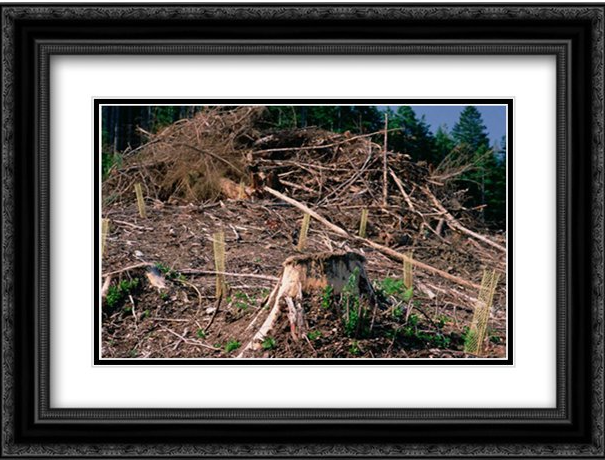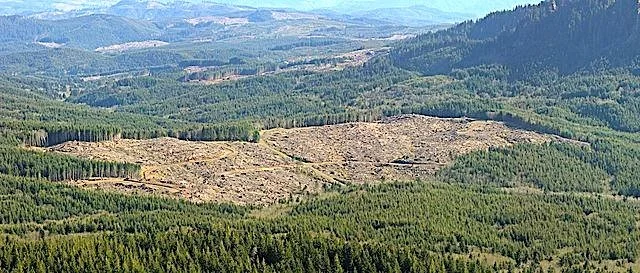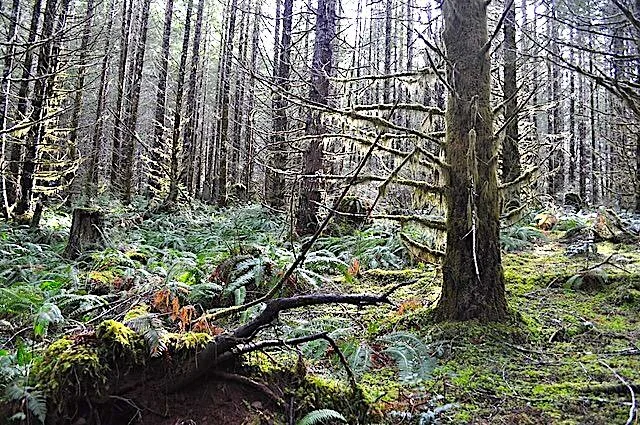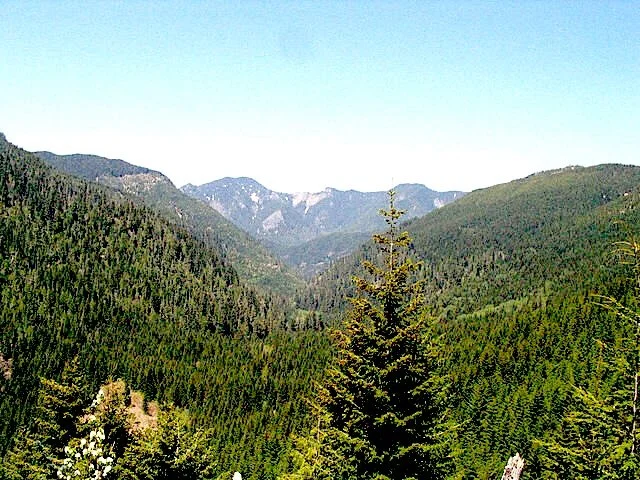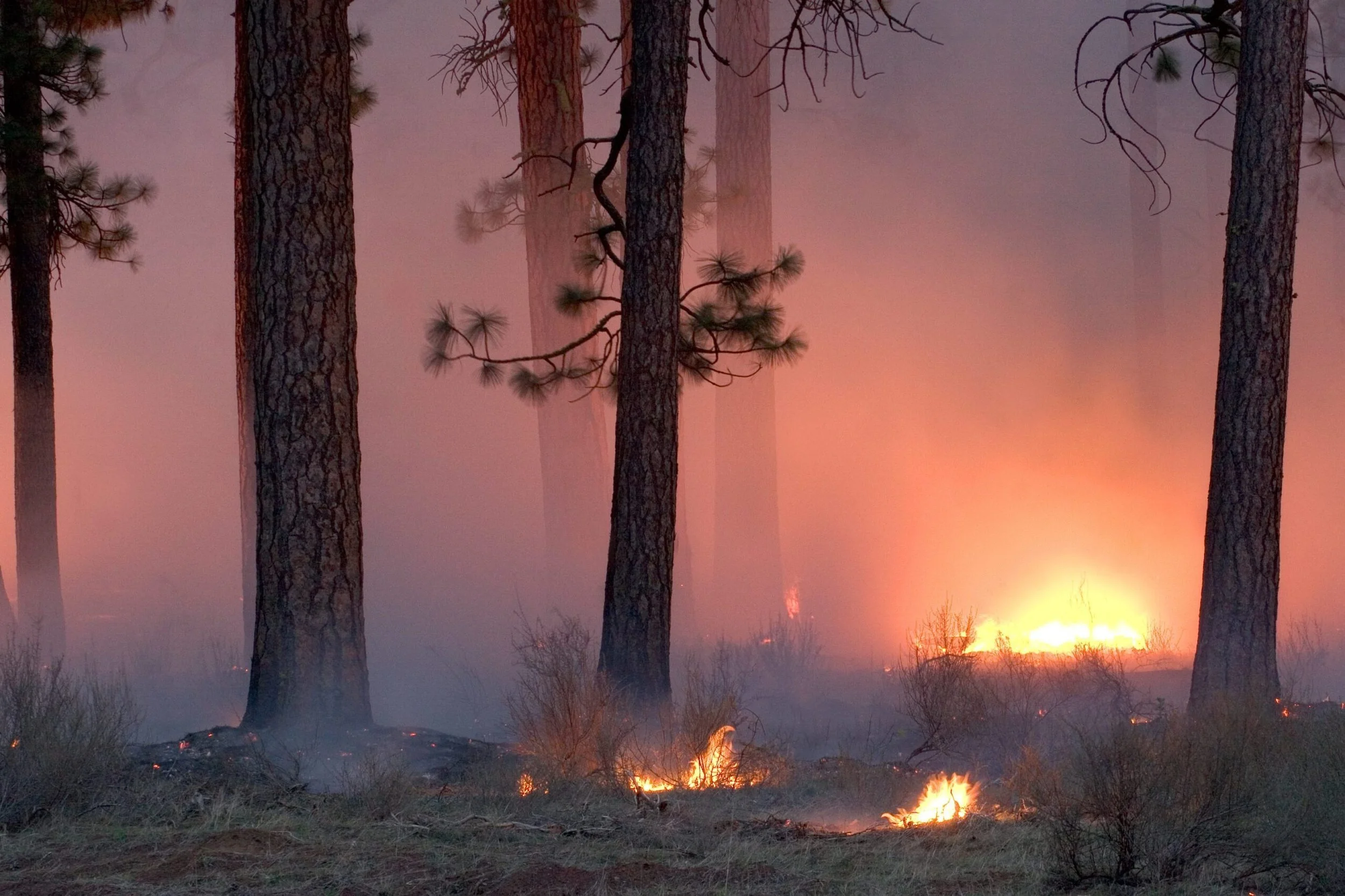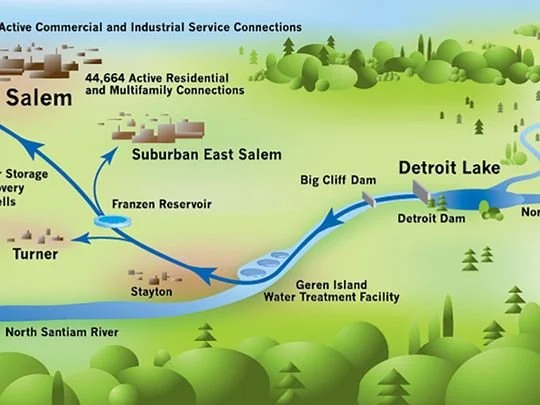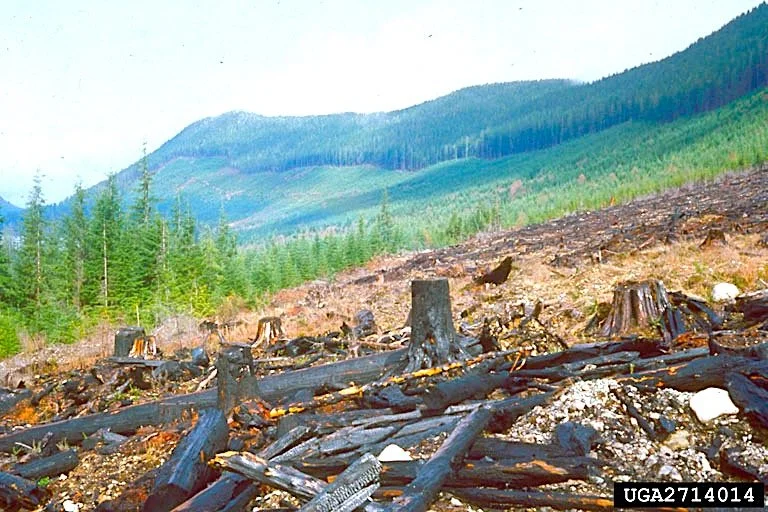Sort By Category
- 30x30
- Administration
- Antiquities Act
- Book Reviews
- Bureau of Land Management
- Climate Change
- Coasts
- Congress
- Counties & Federal Lands
- Courts
- Courts & Litigation
- Department of Agriculture
- Department of Interior
- Deserts
- Ecological Reserves
- Ecosystems
- Elections
- Endangered Species
- Energy
- Estuaries
- Federal Lands
- Fish
- Fish and Wildlife Service
- Forest Fires
- Forest Service
- Forestry
- Forests
- Grasslands
- Land & Water Cons. Fund
- Land & Water Conservation Fund
- Legislation
- Litigation
- Livestock Grazing
- Marine Protected Areas
- Marine Sanctuaries
- Mature & Old-Growth Forests
- Mining
- Nat'l Conservation Lands
- National Forest System
- National Marine Sanctuaries
- National Monuments
- National Monuments Act
- National Park Service
- National Park System
- National Parks
- National Recreation Area
- National Scenic Area
- National Trails System
- National Wildlife Refuges
- Oceans
Sort By Tag
- 1002 area
- 30x30
- 5th Amendment
- ANWR
- Acadia National Park
- Adam Smith
- Administrative Procedure Act
- Advancing Conservation and Education Act
- Alan Bates
- Alan Deboer
- Alaska
- Alaska National Interest Lands Act
- Alaska Native Claims Settlement Act
- Aldo Leopold
- American Forest Resource Council
- American Prairie Reserve
- American Tree Farm System
- American beef supply
- American black duck
- American woodcock
- Ammon Bundy
- Ancient Forest National Park
- Anders Eskil Carlson
- Andrea Salinas
- Andy Kerr
- Animal unit month
- Ansel Adams
- Antiquities Act
- Applegate Primitive Backcountry Area
- Aqua Fria National Monument
- Aquatic Conservation Strategy
- Aquatic Conservation and Riparian Strategy
- Arches National Monument
- Arches National Park
- Arctic National Wildlife Refuge
- Areas of Critical Environmental Concern
- Army Corps of Engineers
- Association of O&C Counties
- Astoria Canyon
- Astoria Fan
- Atlantic Coast
- Augusta Canal NHA
- Avarna Group
- Avi Kaw Ame
- BLM Conservation Rule
- BLM Zone 3 Lands
- BOEM Oregon Planning Area
- Baboquivari Peak Wilderness
- Baker County
- Bald Mountain Road
Biden’s Executive Order on Forests, Part 2: Seize the Day!
This is the second of two Public Lands Blog posts on the president’s executive order (EO) on forests, which, among other things, unambiguously directs the federal forest agencies to conserve the remaining mature and old-growth forests. Part 1 dissected the order. Part 2 places it in the current political context and makes recommendations to various key interests on how best to ensure that the potential of the EO is fulfilled.
The Oregon Private Forest Accords, Part 2: Grand Bargain, Mere Détente, or Great Sellout?
This is the second of two Public Lands Blog posts that are not about public lands but rather the conservation of public resources on private land. I offer my take on the Oregon Private Forest Accords (OPFA) because several readers asked for it. Part 1 examined the Oregon OPFA deal and its significance. Part 2 examines whether the OPFA is a grand bargain, a mere détente, or a great sellout.
The Oregon Private Forest Accords, Part 1: The Deal and Its Significance
This is the first of two Public Lands Blog posts that are not about public lands but rather the conservation of public resources on private land. I offer my take on the Oregon Private Forest Accords (OPFA) because several readers asked for it. Part 1 examines the Oregon OPFA deal and its significance. Part 2 will examine whether the OPFA is a grand bargain, a mere détente, or a great sellout.
Certified Wood from Federal Forests? Hell No. Make That NFW!
The FSC is back with a new document signaling its continuing quest to certify wood products that come from federal public lands (including units of the National Park System) as being “environmentally sound, socially beneficial, and economically prosperous.” The standards FSC is proposing to apply to federal forestlands are little more than what is required of federal land management agencies now, if that. It’s called greenwashing.
Preremembering Jerry Franklin and Norm Johnson, Oregon Conservationist
The old forests of the Pacific Northwest are in far better condition today than they would be if not for Professors Jerry F. (for Forest!) Franklin and K. Norman Johnson. “Norm and Jerry,” as they are affectionately (or, depending upon your point of view, derisively) known, have had a greater positive impact on federal forest policy in the Pacific Northwest than any other individuals.
An Elliott State “Research” Forest?
The Elliott State Forest (ESF) was about to be sold to a timber syndicate that would promptly liquidate almost all of its remaining old trees. Reaction to the State Land Board’s 2016 plan to sell the Elliott State Forest to a timber syndicate. Source: Francis Eatherington.
Oregon State Forest Lands, Part 3: “Greatest Permanent Value”
This is the third of three Public Lands Blog posts on state-owned forestlands in Oregon. Part 1 focused on a prospective habitat management plan for state forestlands in western Oregon. Part 2 surveyed state forests in Oregon by location, owner, and manager. Part 3 examines several key issues pertaining to state forest management in Oregon and explores how to secure the greatest permanent value of state forestlands to the state.
Oregon State Forest Lands, Part 2: What, Where, Who, Why, and How Much
This is the second of three Public Lands Blog posts on state-owned forestlands in Oregon. Part 1 focused on a prospective habitat management plan for state forestlands in western Oregon. Part 2 surveys state forests in Oregon by location, owner, and manager. Part 3 will examine several key issues pertaining to state forest management in Oregon and explore how to secure the greatest permanent value of state forestlands to the state.
Oregon State Forest Lands, Part 1: A New Day?
This is the first of three Public Lands Blog posts on state-owned forestlands in Oregon. Part 1 focuses on a prospective habitat management plan for state forestlands in western Oregon. Part 2 will survey state forests in Oregon by location, owner, and manager. Part 3 will examine several key issues pertaining to state forest management in Oregon and explore how to secure the greatest permanent value of state forestlands to the state.
Amending the Eastside Screens, Part 3: Reignition of the Eastside Forest War or Slight Midcourse Correction?
This is the third of three Public Lands Blog posts that consider the desire of the Forest Service to amend a provision of the “Eastside Screens,” standards designed to protect public forests east of the Cascade Range. Part 1 examined the history, science, and politics leading up to the adoption of the Eastside Screens and their implementation since then. Part 2 explored issues both of management and of the science behind the management. Part 3 suggests what the Forest Service could do to improve the Eastside Screens, in both the short and long term.
Amending the Eastside Screens, Part 2: The Science of Management and the Management of Science
This is the second of what were to be two but now are three Public Lands Blog posts that consider the desire of the Forest Service to amend a provision of the “Eastside Screens,” standards designed to protect public forests east of the Cascade Range. Part 1 examined the history, science, and politics leading up to the adoption of the Eastside Screens and their implementation since then. Part 2 explores issues both of management and of the science behind the management. Part 3 will suggest what the Forest Service could do to improve the Eastside Screens, in both the short and long term.
A North Oregon Coast Range National Park: Sorely Needed but a Hell of a Long Shot
Though it’s a hell of a long shot, I propose a huge national park in northwestern Oregon that won’t fully flower for at least two centuries after its establishment. To create the park, the federal government should acquire vast ecologically and hydrologically significant tracts of state and private timberland and reconvert them to federal public parklands.
Another Northwest Forest War in the Offing? Part 2: Current Threats and Perhaps an Epic Opportunity
This is the second of two Public Lands Blog posts that examine the management (and mismanagement) of more than 2 million acres of federal forestlands in western Oregon, administered by the Bureau of Land Management. Part 1 examined the history of rampant clear-cutting of old-growth forests and vast windfalls of revenues to local counties as a result. Part 2 examines the current threats to these public lands from the timber industry and local counties, and the opportunity that could present itself to secure permanent comprehensive congressional conservation of these imperiled lands.
Speaking Truth to the Fire-Industrial Complex
Total suppression was neverpossible. Large wildfires have always ended either because they ran out of fuel or, most often, because the weather changed. (How many times have I read a newspaper quote from a fire boss or the fire’s public relations flack to the effect: “We had the fire under control, but then the weather changed.”
Smoke Gets in Your Eyes
Now I’ve come to realize that the climate catastrophe will not go easy on Oregon. The atmosphere’s revenge will not come mostly in the form of unprecedented floods, torrents, droughts, heat waves, and/or cold snaps. It will come in the form of seasonally debilitating horrible air quality caused by increased combustion of vegetation due to warming temperatures.
Certified Wood from National Forests? No. Make That Hell No!
An effort is presently afoot in one forest certification organization (and it will be followed by others) to certify federal public forestlands within the National Forest System. To date, forest certification has centered on privately owned lands or some state-owned “public” lands. Certifying federal public forestlands is a foolish idea that should be abandoned at once.
Lessons from Salem: Protecting Local Drinking Water Supplies
As of the end of June this year, four health advisory alerts had been issued this summer for Detroit “Lake” (it is actually an impounded river more accurately called a reservoir) on the North Santiam River.
Burning Wood to Make Electricity: Bad for Forests, the Climate, Ratepayers, and Taxpayers
Real standing forests are vital to the conservation and restoration of biological diversity and watershed integrity (not to mention re-creational reconnection to nature). They are also “the only proven system that can remove and store vast amounts of carbon dioxide from the atmosphere at the scale necessary to keep global temperature rise below 1.5 degrees Celsius this century,” says the Dogwood Alliance in their excellent call to arms
Book Review: Moving Forestry from Agronomic Toward Ecological
The authors of Ecological Forest Managementhave thrown down the gauntlet. The battle between traditional production forestry (PF) and ecological forest management (EFM) for the hearts and minds of forestry students everywhere, for the profession of forestry itself, and for the acceptance of the public has been joined.

